The periodic table of DevOps tools shows the leading technologies in the different categories of this service or, as some people call it, philosophy. This table allows users to visualise in a dynamic and ordered way the most popular DevOps tools by functionality and pricing model (Open Source, Free, Freemium, Paid, Enterprise). Regardless of whether you are looking for an AIOps tool or a CI tool, the periodic table of DevOps tools is the only place where you will find together all the DevOps tools available today. Below I will tell you in detail about the different categories found in the table:
1. Source code management
Using the DevOps strategy, one of the initial steps when developing an application is to build the code. All applications have a code that runs in the background and must be updated according to some previous requirements, therefore, it is essential to manage the source code. The most notorious tools in this section are:
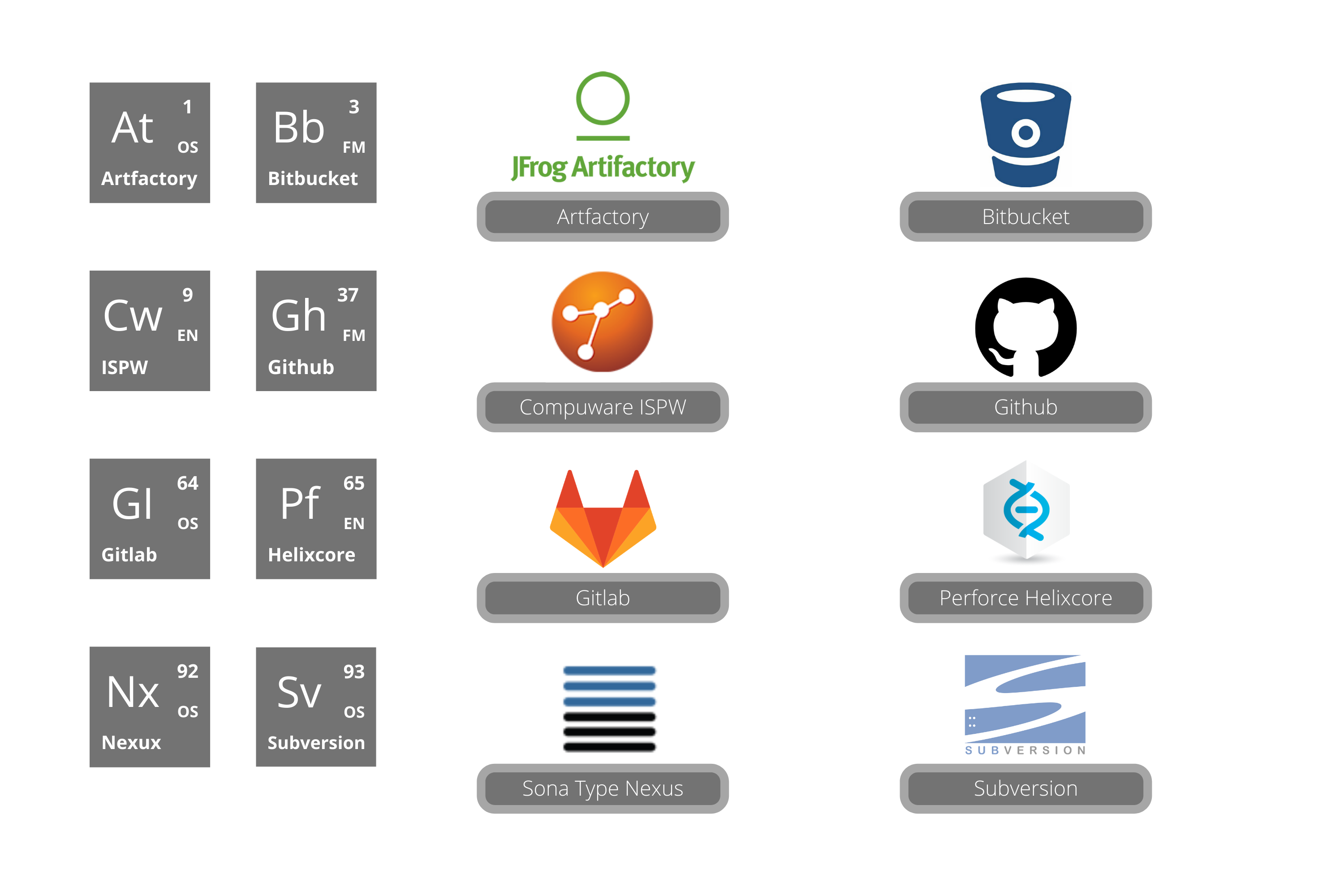 2. Containers
2. Containers
Containerisation is the method by which developers package applications and their dependencies within a container, which allows them to isolate the entire application environment so that there is no interference with other environments or libraries, and allows them to reduce the resources required as they reuse the operating system layer (unlike virtual machines). This reuse also reduces the start-up time by several orders of magnitude, which accelerates the scaling speed, and therefore decreases the response time to load surges. Some of the most popular containers are the following:

3. Testing
The next step, when an application is developed, is to check that it works correctly. This is one of the most important stages for the development and implementation of software in a fast and agile way, as it is carried out throughout the life cycle and allows us to know if there are any errors. During the life cycle of the code, various tests and quality controls can be performed, but basically it is checked to find out if there are any errors in the application and to resolve them. If there are any, the application returns to the software development life cycle. Within software testing there are different levels of testing divided into automated testing and manual testing. Some of the tools are described below:
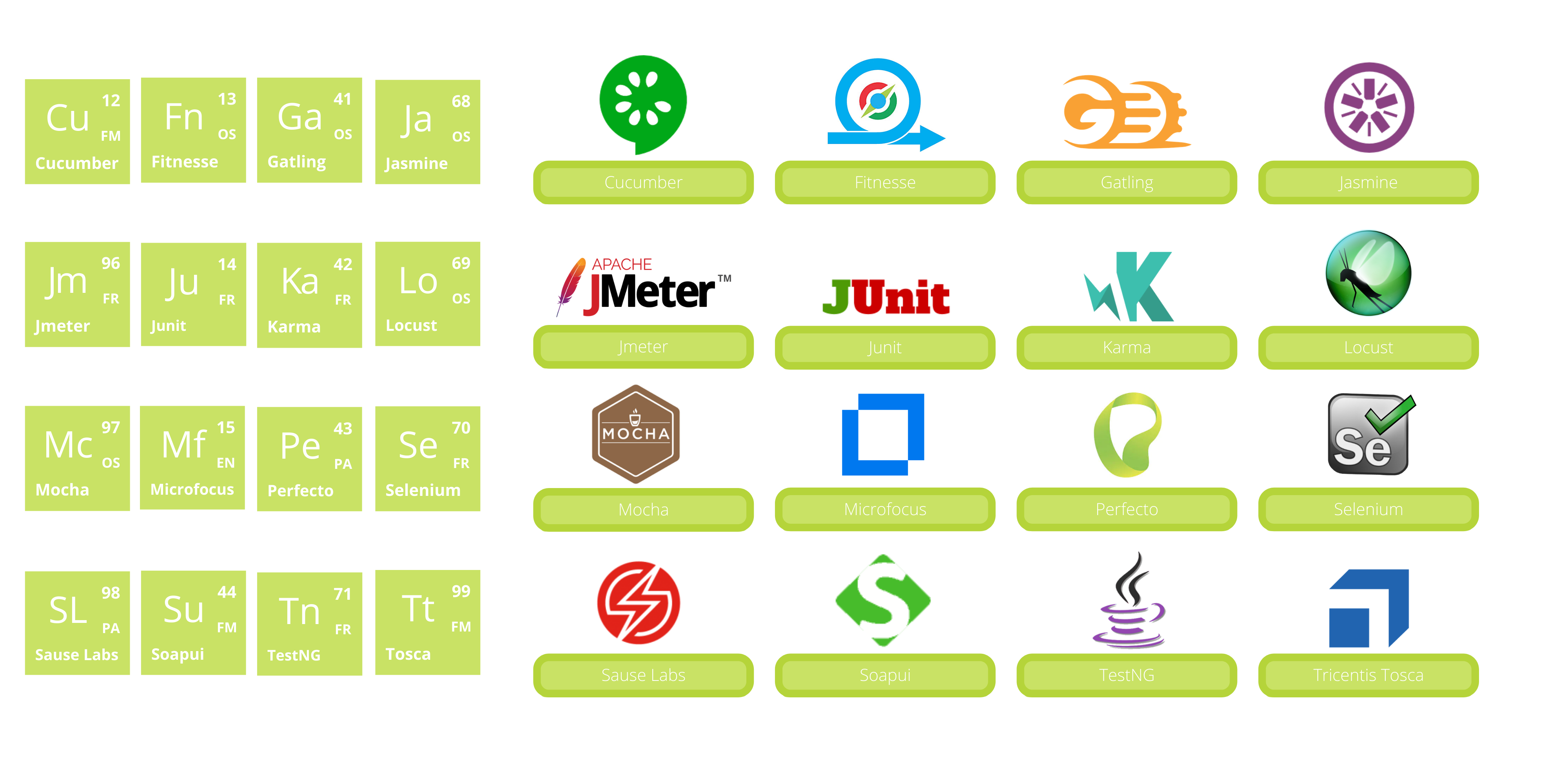 4. Database automation
4. Database automation
The database is a fundamental aspect in any type of application implementation process. As it is inefficient for developers to systematically perform management tasks on them, automated processes are implemented for their configuration, data entry, etc., thus reducing errors in deployments, improving speed and increasing reliability. Some of the most commonly used tools for this purpose are:
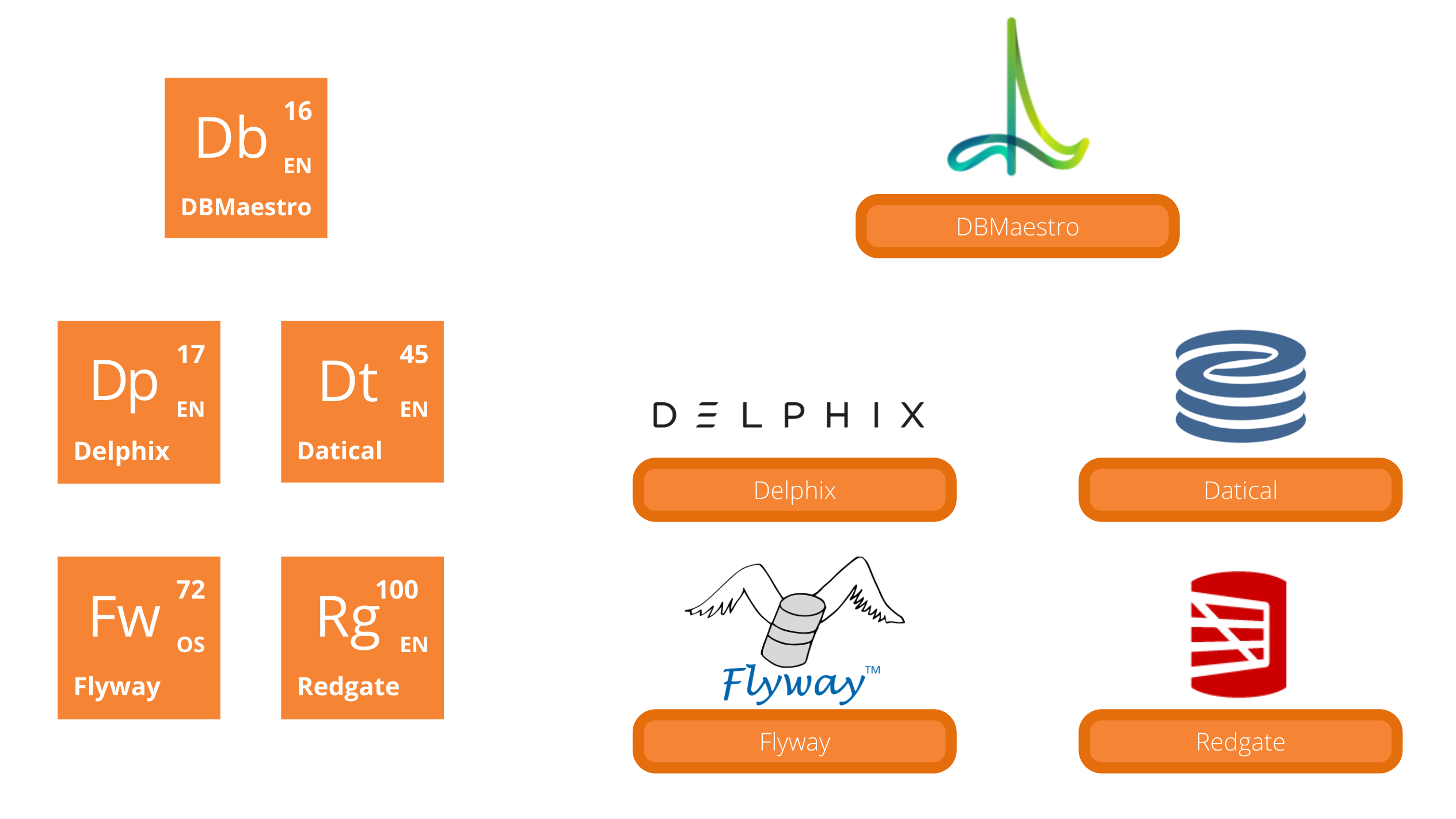 5. Continuous integration
5. Continuous integration
Continuous integration is an agile software development practice. In continuous integration, code changes are introduced and merged into a common repository. Each addition is verified and run through various levels of automated testing to check the application for bugs or damage. Some of the most commonly used continuous integration servers are shown below:
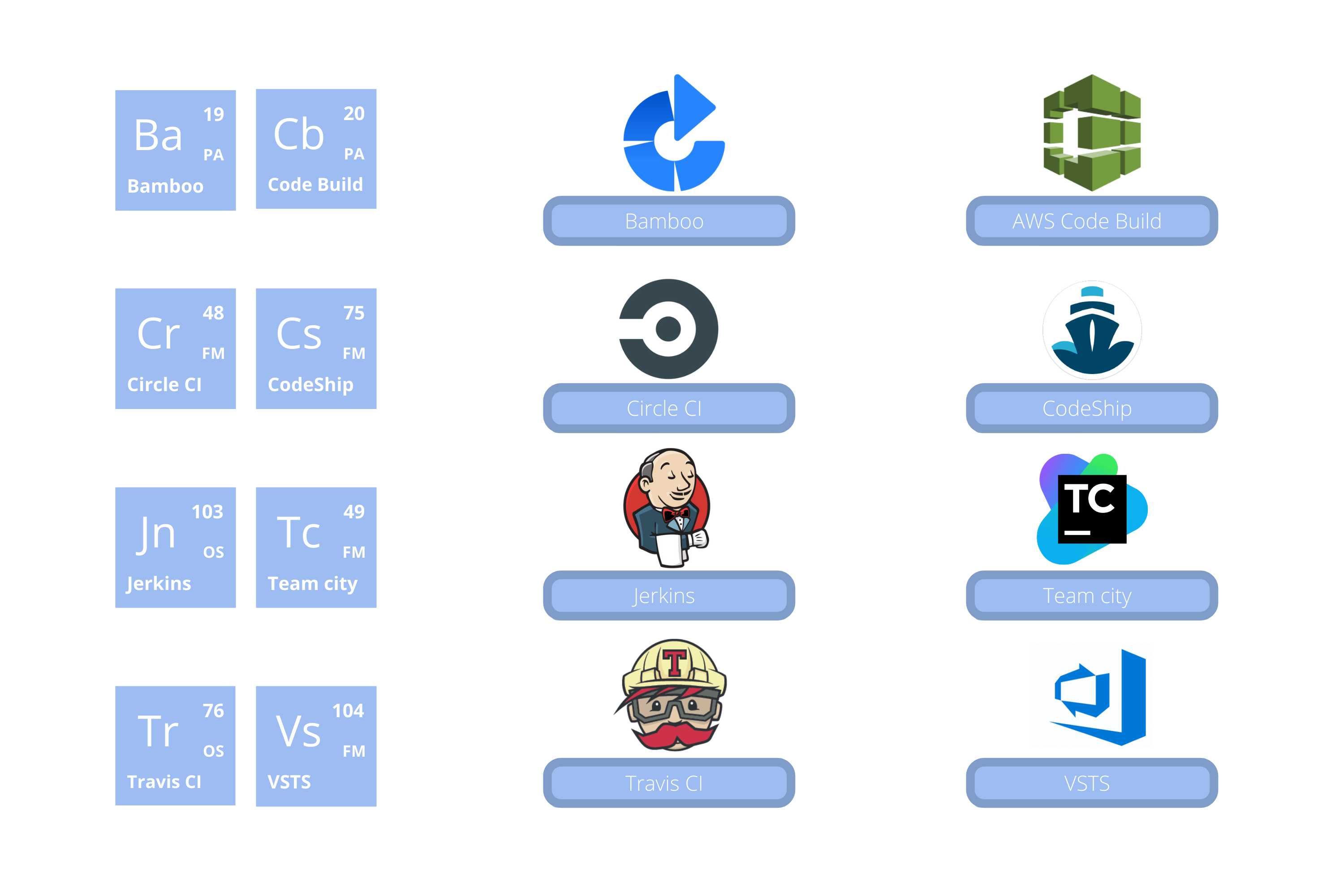 6. Analytics
6. Analytics
Analytics is used to evaluate the data stored by an application. The use of these tools is mainly to analyse and generate reports. There are currently many tools that are used to analyse data, but the best known in the DevOps industry are:
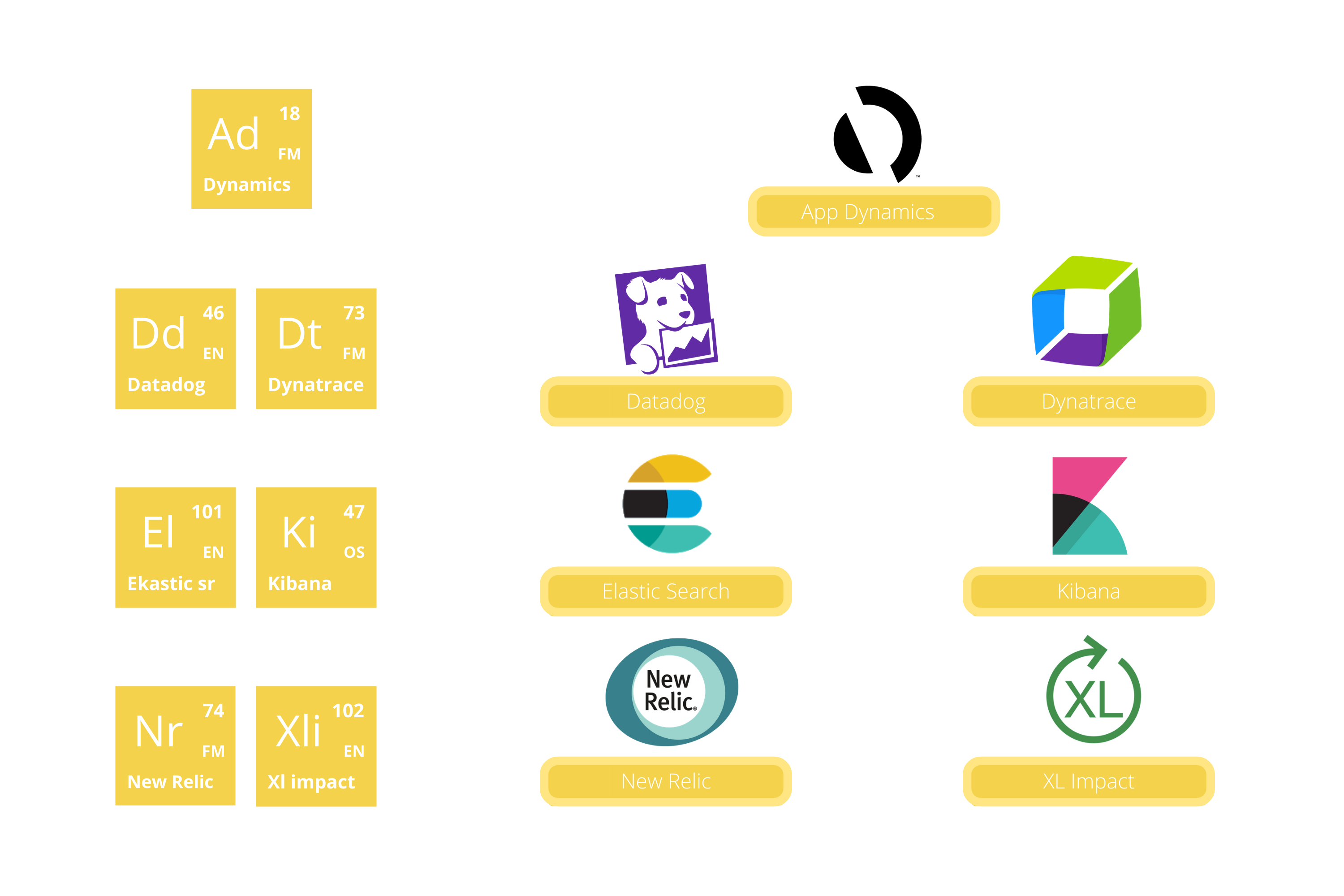
7 . Deployment
Once the application has been analysed and is ready to go into production, the next stage is deployment. In this phase, different tools are used based on the structure of the application. The main tools used in this stage are:
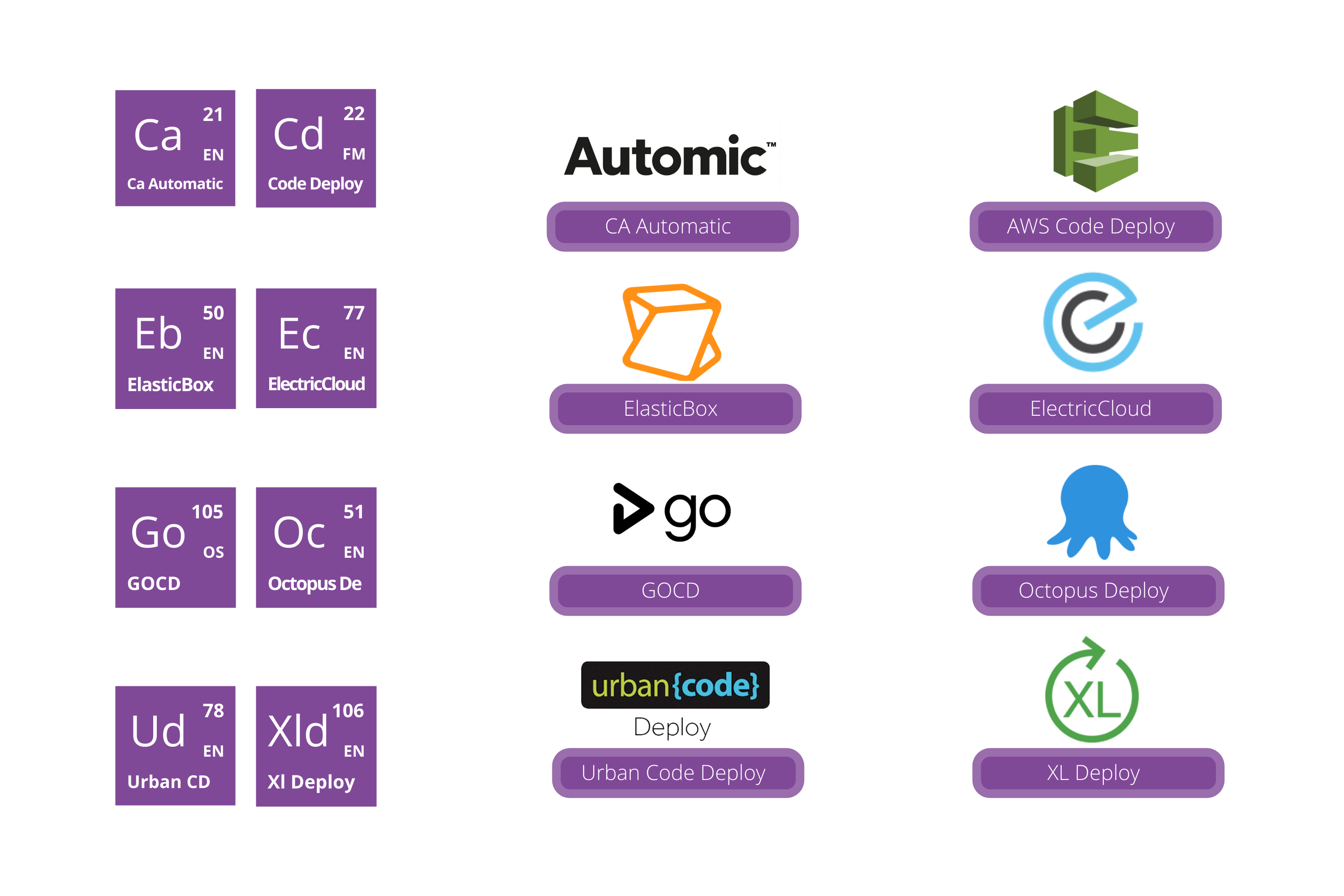 8. Cloud
8. Cloud
Of all the services used in computing today, file storage in the cloud is perhaps the most important. All data can be accessed, run and stored in the cloud. There are many providers today, but here are some of the most popular ones that can be used.
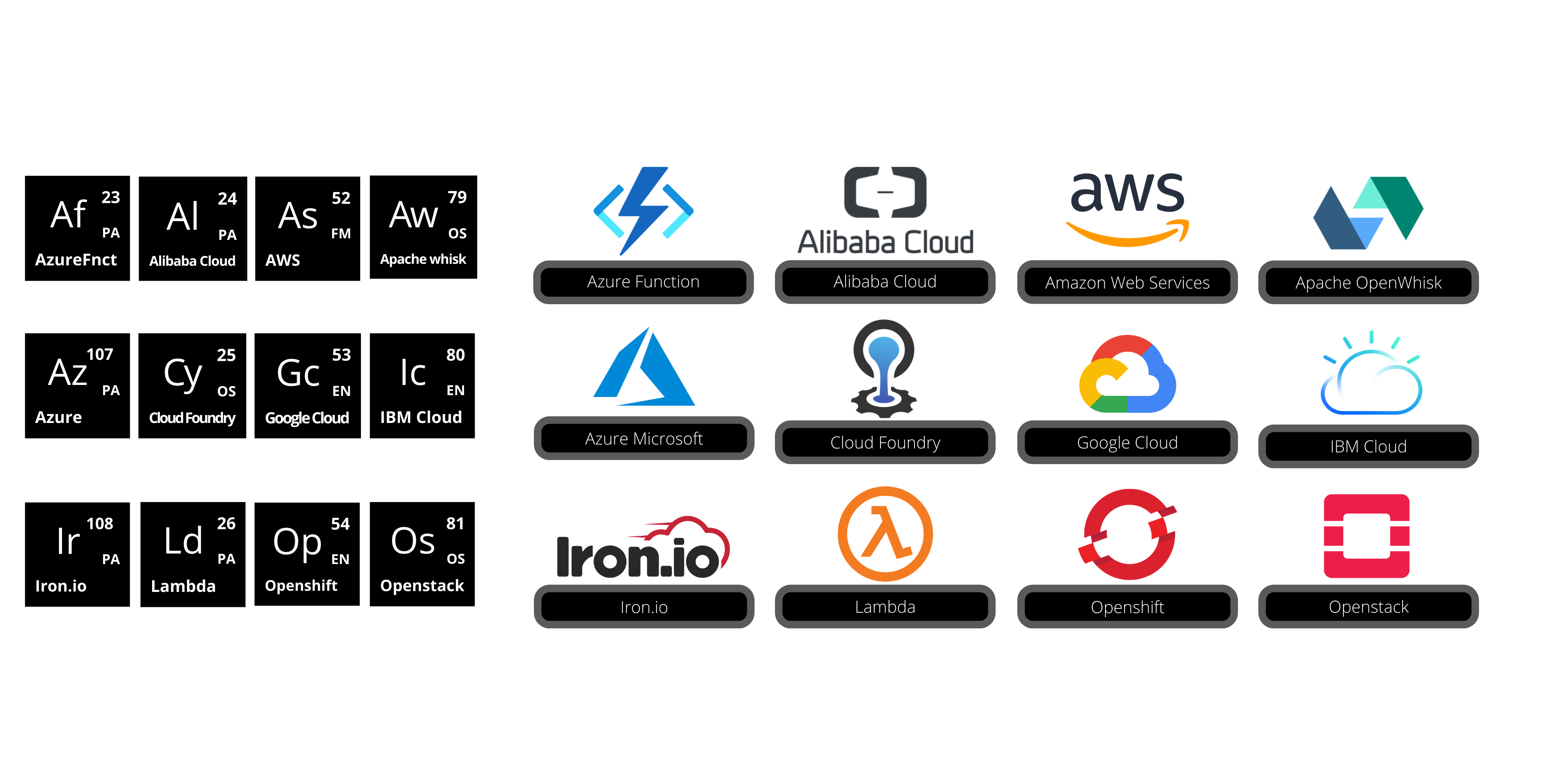
9. Monitoring
Once the application goes into production, it is imperative to examine the application to make sure that it is performing well, that all functionalities and highlights are working as intended, among other things. Therefore, the following tools can be used to constantly monitor applications:
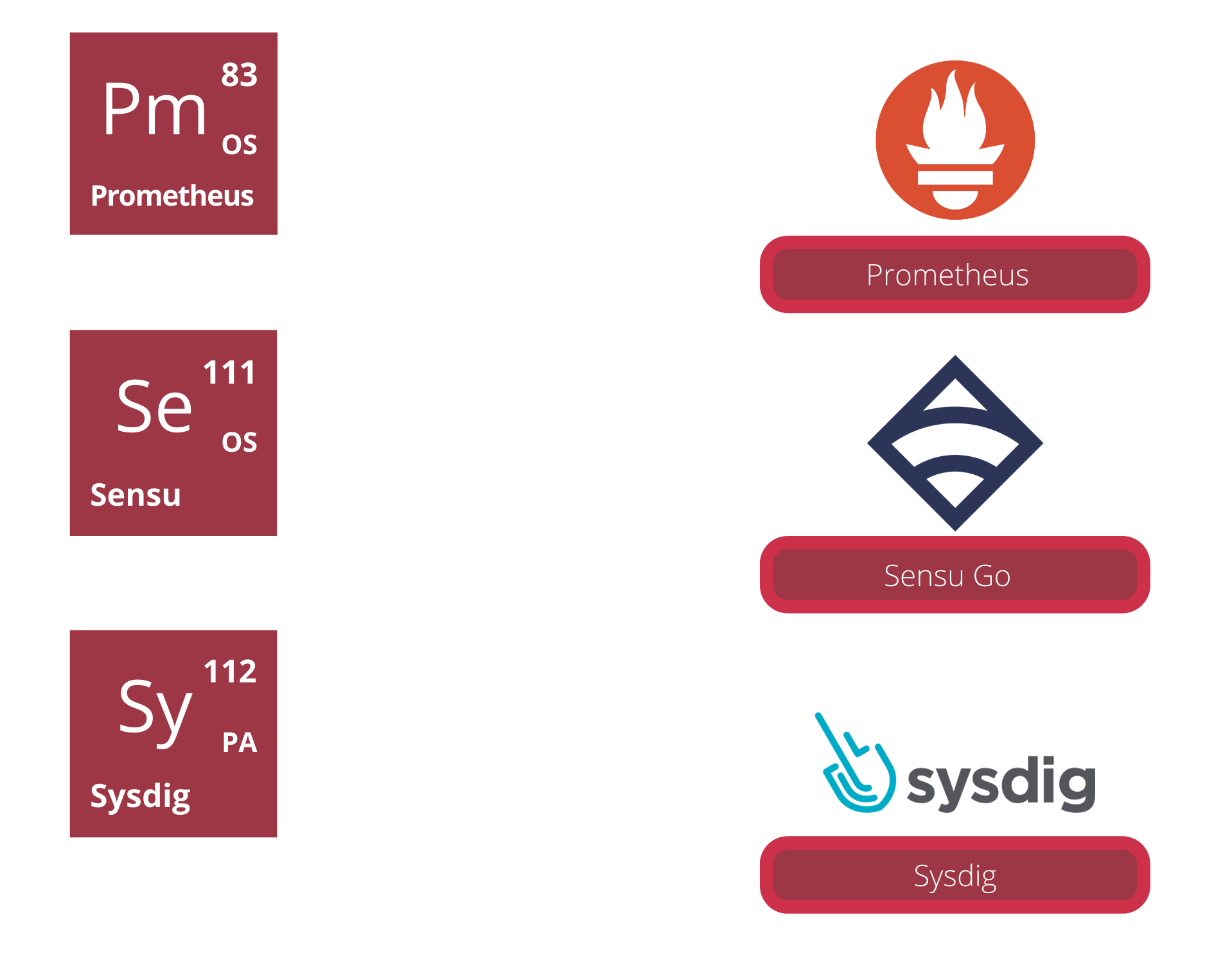
10. Release Orchestration
Release orchestration is a way to organise, automate and manage the end-to-end release of software. These tools help automate CI/CD processes, and also allow you to exploit to the fullest extent the tools that may have been used during software development. Some of the release orchestration programs are:
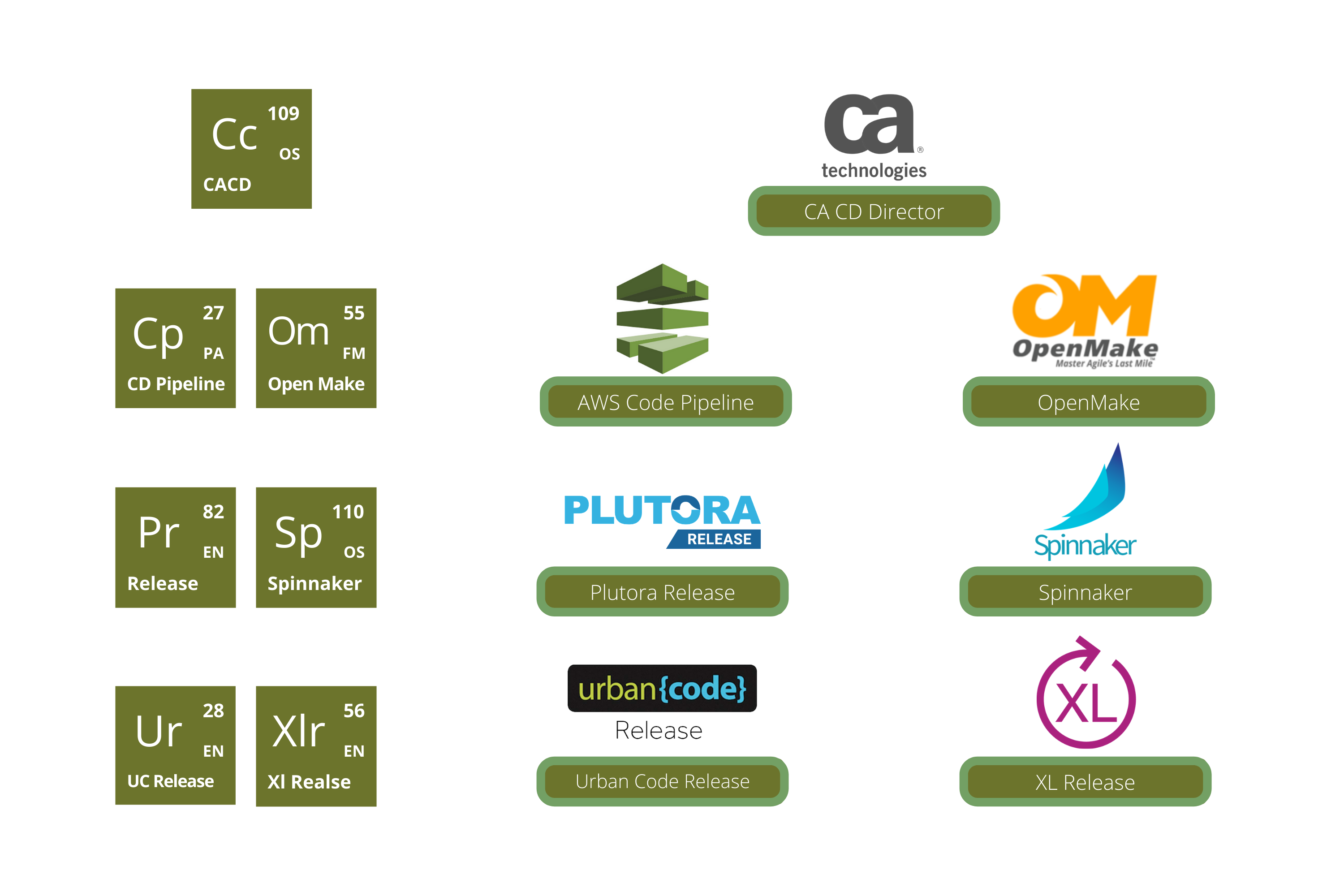 11. Configuration management
11. Configuration management
Configuration management is a method by which different changes can be dealt with on an ongoing basis. This cycle ensures that integrity is maintained at all times and that the current state of the system is in the best possible state. The following are the main tools used in configuration management:
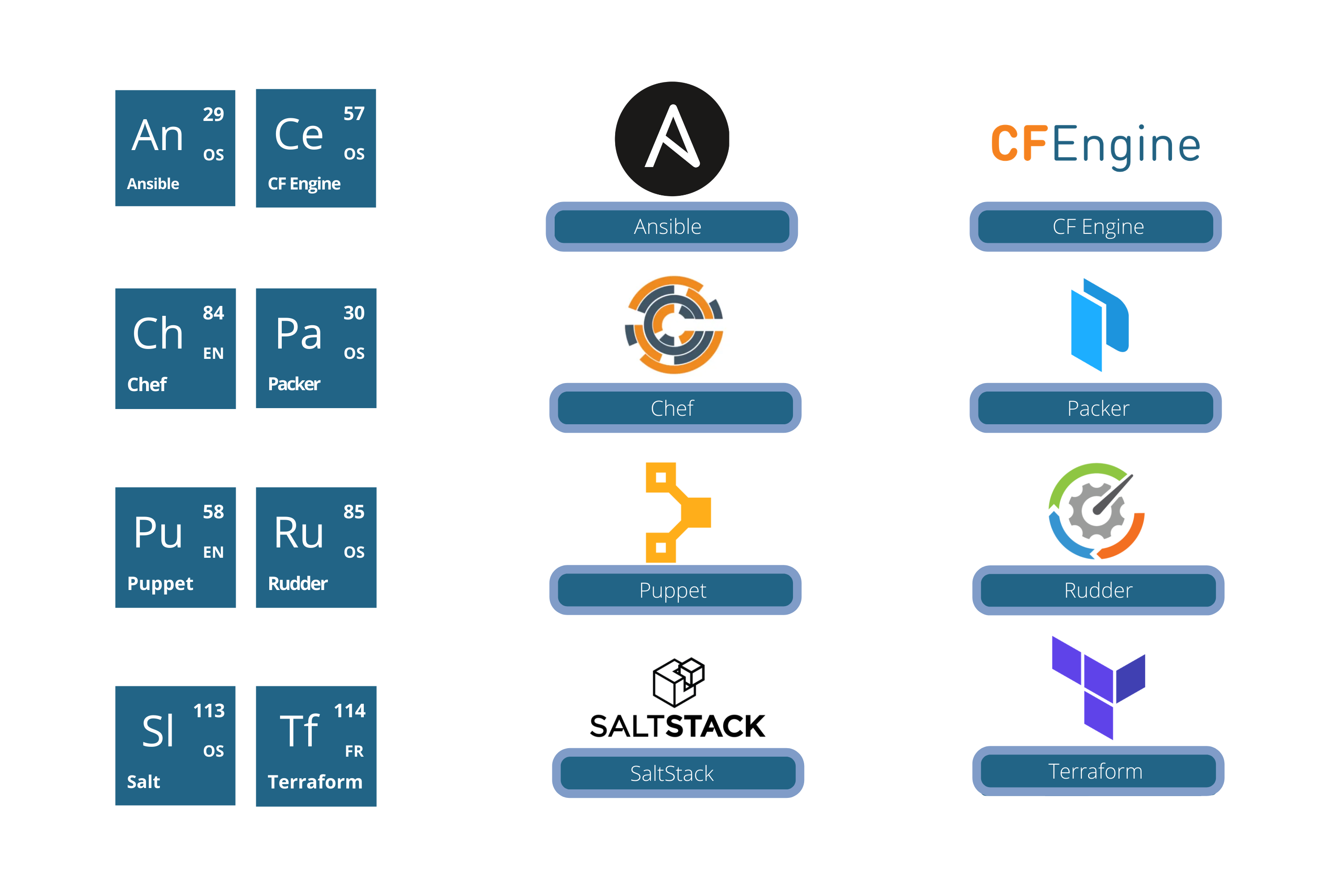
12. Collaboration
Collaboration across applications is important in today’s market. If you only use one application for one purpose it is not very useful, but if you create a collaboration between different pieces of software, it is much more beneficial for both. So here are the main tools you can use to collaborate with your software:
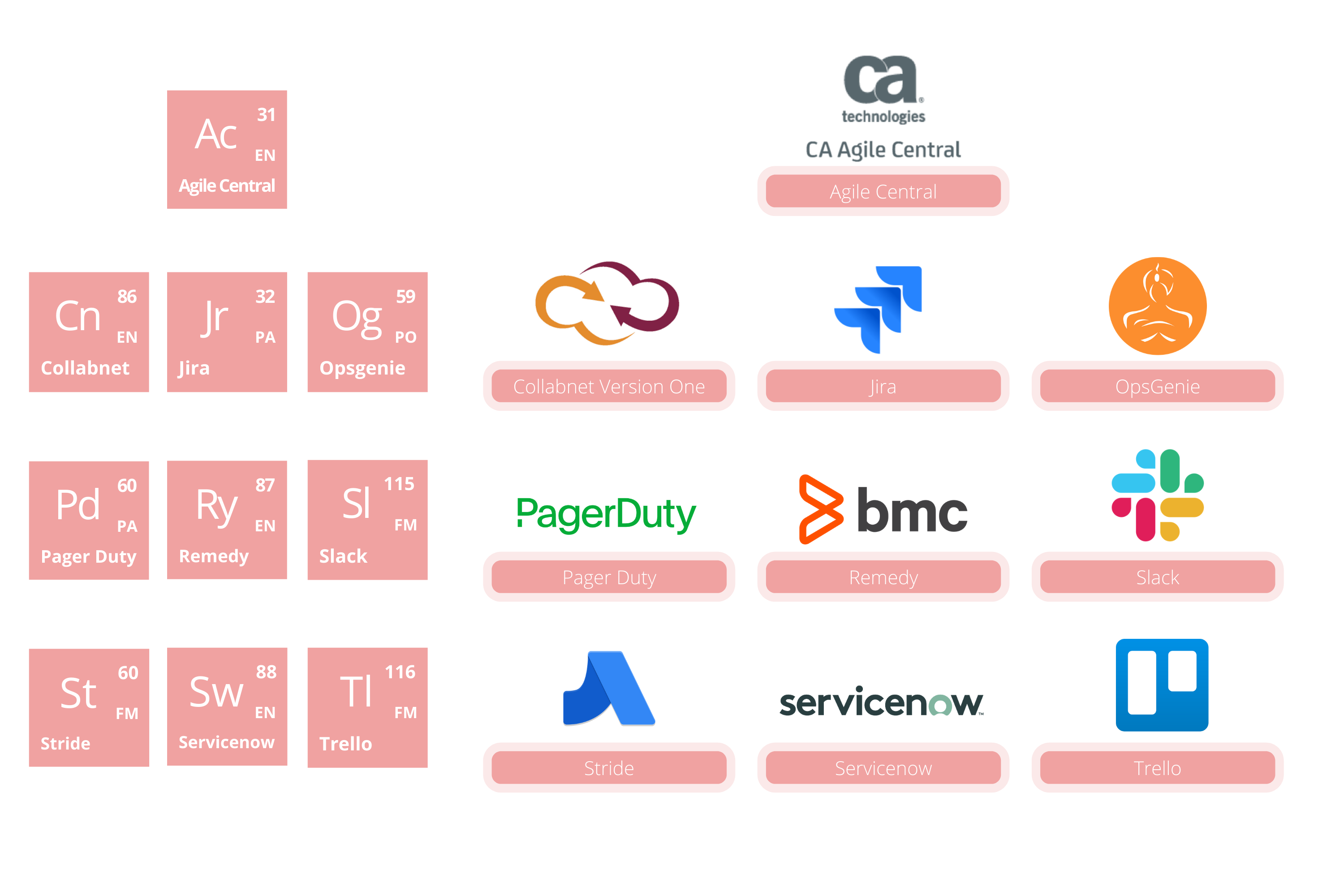 13. Security
13. Security
With the increasing number of threats or dangers, protecting your application is one of the most important aspects. There are different strategies and technologies that can protect your application from different types of attacks. The main tools that can be used to secure the application are:
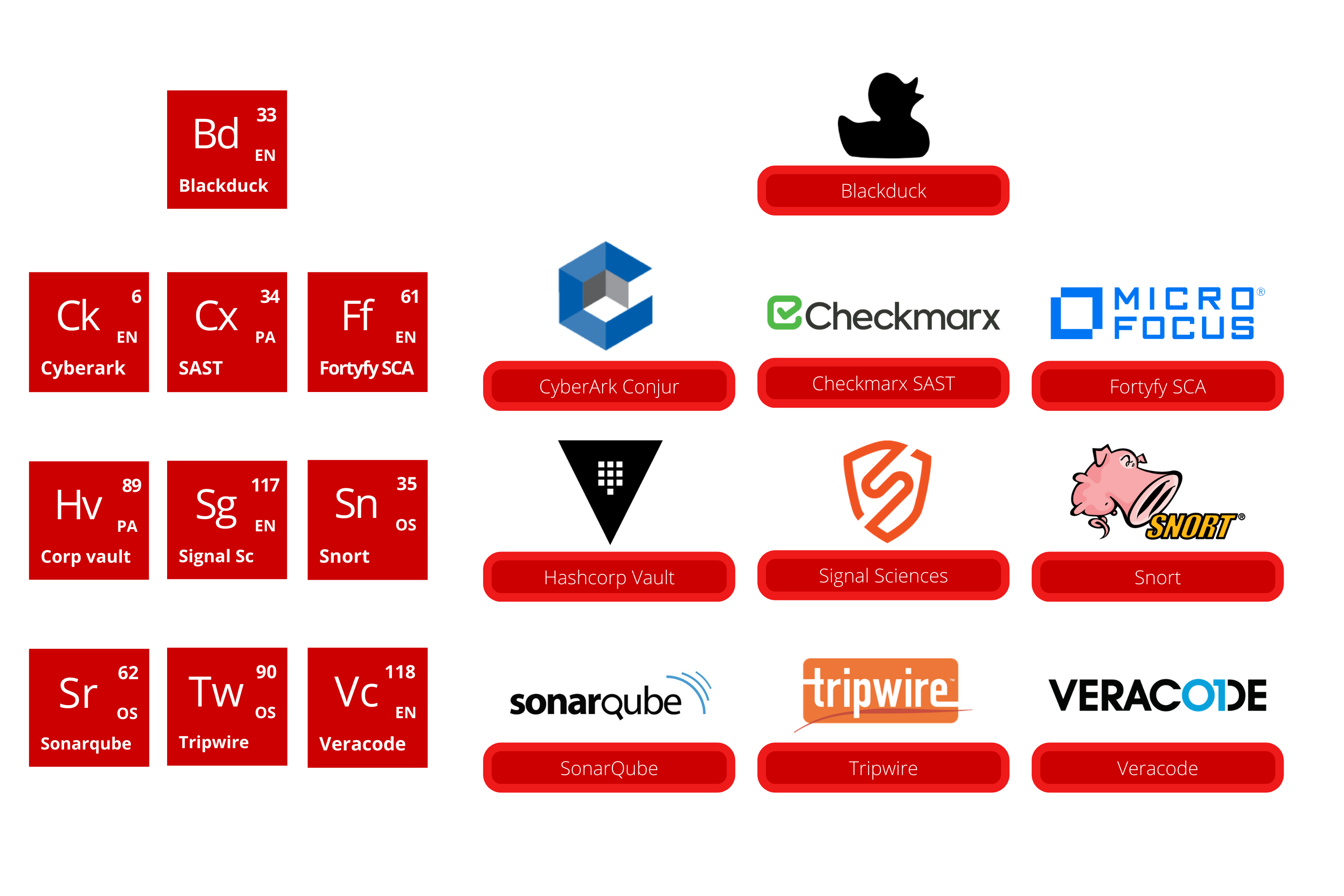 14. Artificial Intelligence Operations
14. Artificial Intelligence Operations
The term AIOps is used to denote the analysis of big data and learning from other AI technological advances. It can be used to analyse information from an application by using different concepts, such as Big Data and Machine Learning. Some of the most prominent tools on the market today for AIOps are:
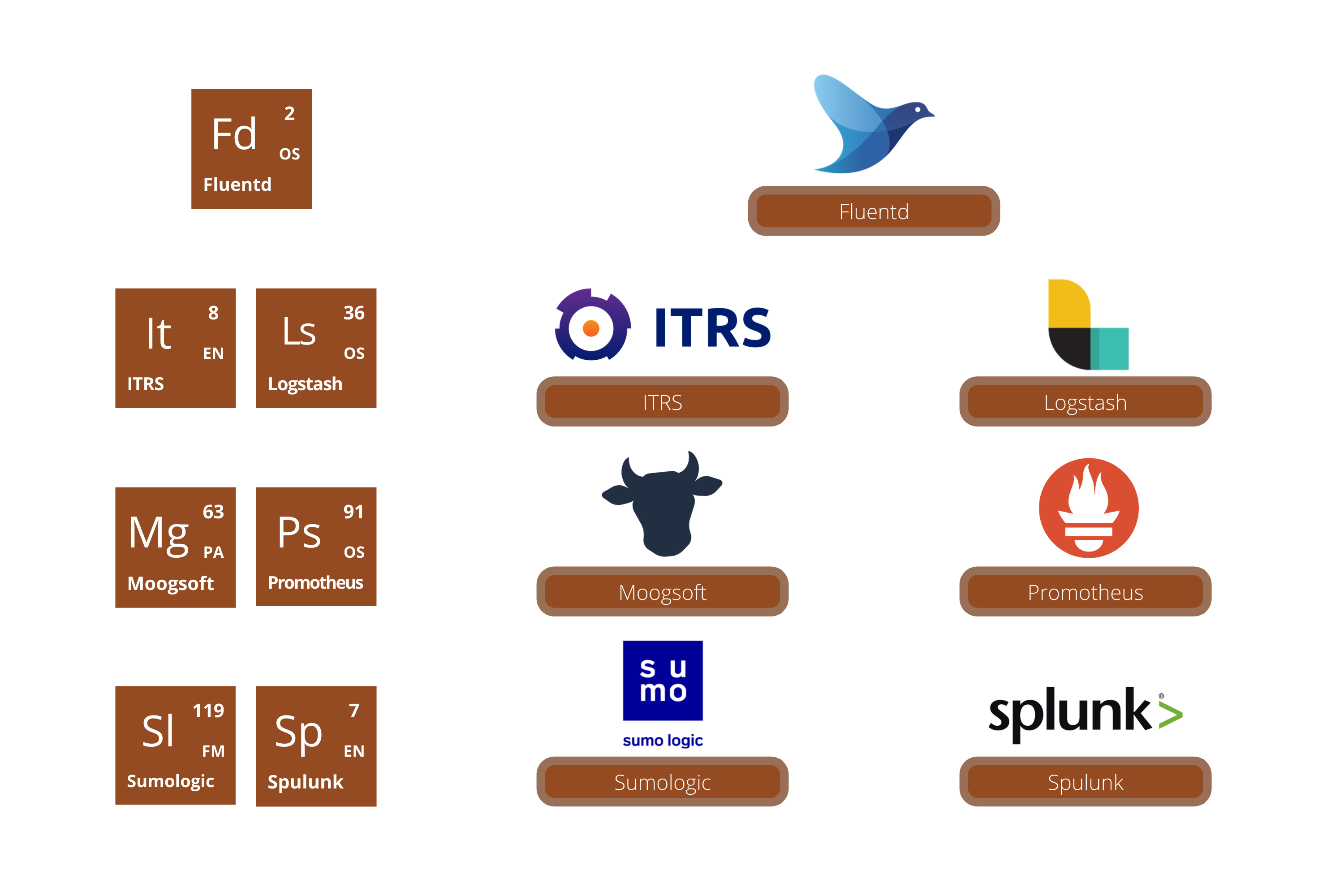 With this, we come to the end of the periodic table of DevOps tools, these were some of the most used by DevOps professionals in each phase of the lifecycle in the development of an application or program. Now you just have to choose the DevOps tool that best suits your needs depending on the stage you are in.
With this, we come to the end of the periodic table of DevOps tools, these were some of the most used by DevOps professionals in each phase of the lifecycle in the development of an application or program. Now you just have to choose the DevOps tool that best suits your needs depending on the stage you are in.
👉Let us know in the comments which DevOps tools you use the most, or if you have doubts about which tools to use, let us know and we will advise you which ones can best suit your needs.